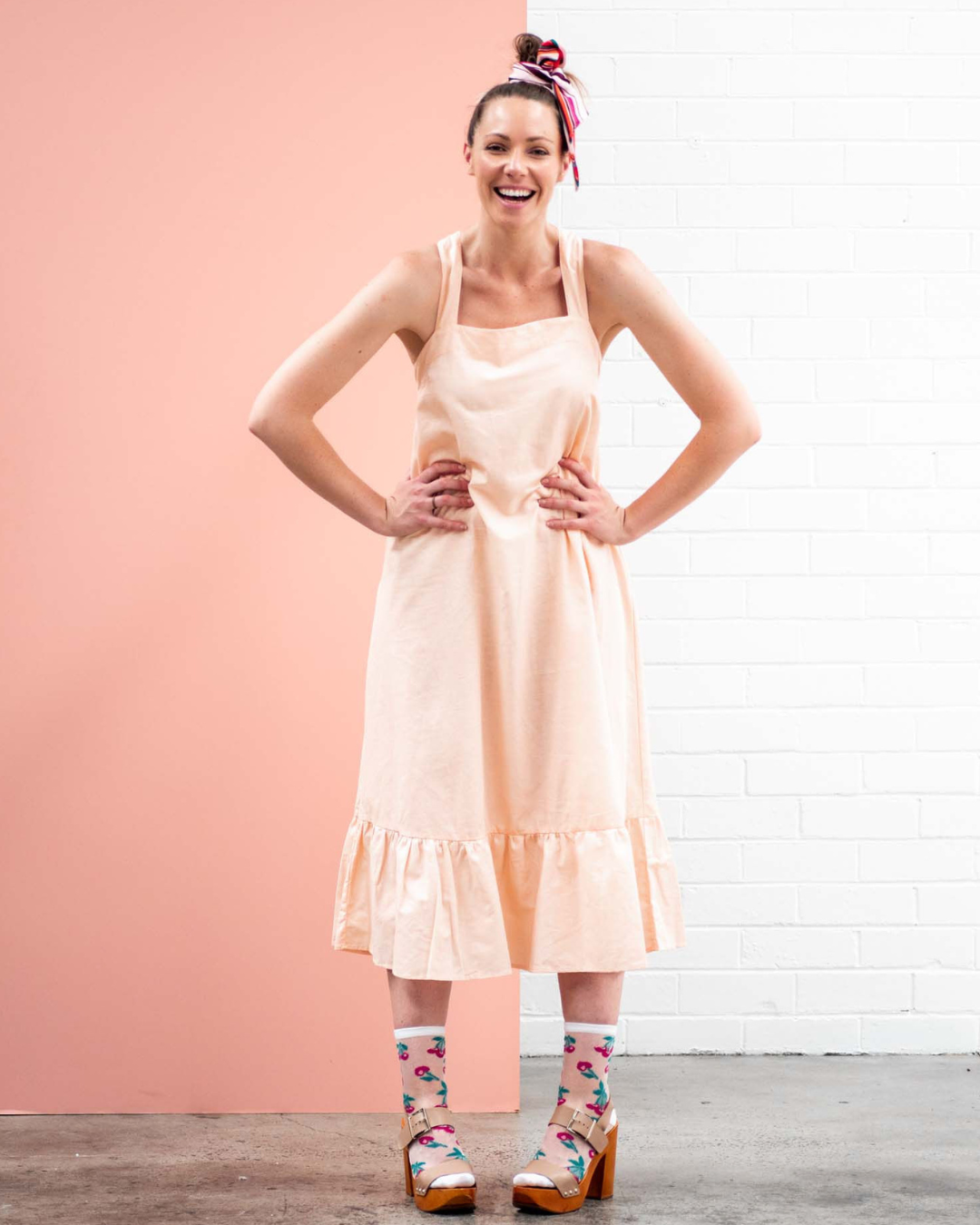Fashion gets a bad rap when it comes to its environmental impact, and most of the time, it’s warranted. We send 92 million tonnes of clothing to landfills around the world every single year, and only 12% of donated clothes are actually reused or recycled - the rest are incinerated. Then there’s the water usage, the impact of polyester, and the social impact of slave labour and unethical wages.
But where does coal fit in and why is it so bad?
Firstly, every step of the manufacturing phase from fabric weaving to cutting to sewing requires energy, and a lot of countries are still coal-powered. The burning of coal emits greenhouse gases, toxic chemicals, and carcinogenic substances into the air. Then there’s the pollution from the remains - the coal ash - which is dumped into landfill, leaking chemicals into groundwater and our waterways, and when coal is burned, it emits more carbon than any other source like natural gas or oil. In a nutshell, the amount of coal we burn to produce the energy we need to power the fashion industry as it is, is a big problem.
Secondly, most modern fabric dying is done with coal-fired boilers. Coal is burned to fuel the boilers to achieve the high temperatures needed to dye and finish the fabric. Coal-fired boilers are the cheapest option in countries like China and India - two of the largest garment exporting countries - so most of the world’s clothing is being dyed with coal-fired boilers.
But don't think that this is just a big business problem or an industry issue that doesn't involve you because it's happening in another country.
If you're a small fashion business or emerging fashion label and you're turning on your lights and your sewing machine every day to make your small batch sustainable fashion pieces - and your energy company is powered by fossil fuels, you're deep in this too. You are just as involved as the factory on the other side of the world using a coal-fired boiler to dye fabric for H&M.
Coal is cheap, but our environment is paying the price.
If we do nothing, the fashion industry's emissions are set to increase by 60% by 2030, and we simply can’t sustain it. As an industry, we need to change our relationship with coal, fast.
So, how do we fix it?
Slow down. When you’re designing your range for your sustainable fashion brand or buying stock for your fashion business, slow down and think about your fabrics, where they come from, how they’re made and how they’re dyed. Think sustainably and make sustainable choices.
Conduct an audit. Audit your own business operations and make sure you’re working with suppliers (like your energy company) who use clean and coal-free energy.
Make positive changes. Do some digging and make some changes. Knowing your supply chain is your responsibility, and if you don’t know it inside and out, you could be leaving yourself open to risks and operational hazards that will end up costing you in the future. If you need help with this step, book a one-on-one strategy session here and I’ll help you clean up your supply chain.
And remember, for every unsustainable option in fashion, there is a better and more sustainable choice to make, you just have to make it.
Claire x




